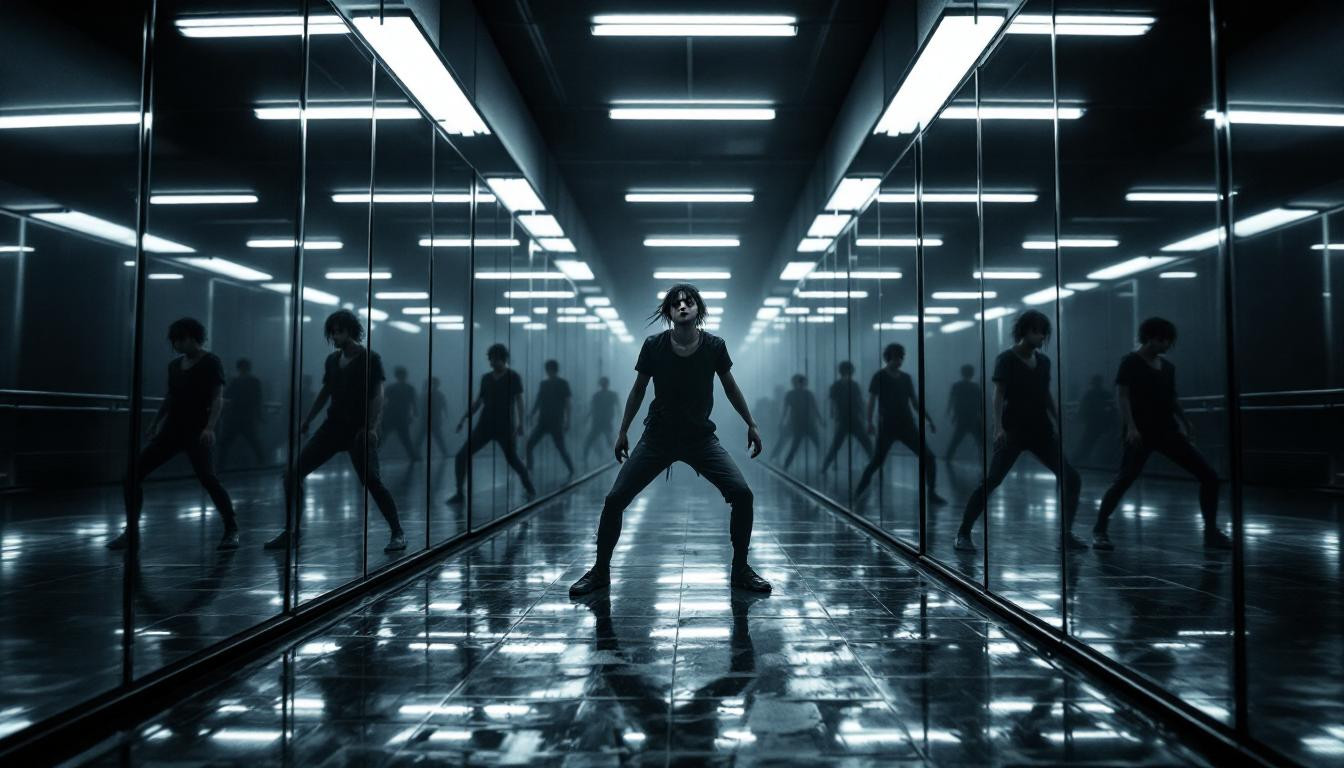Ever wonder what it takes to become a global K-pop sensation? Behind the perfect choreography and flawless performances lies a training regimen so intense it would make professional athletes flinch. The secret world of K-pop training is both fascinating and frightening—a high-pressure environment where tomorrow’s stars are molded through sweat, tears, and relentless dedication. Could you survive even 24 hours in their designer shoes?
The brutal reality of a 14-hour training day
While most of us struggle to fit in a 30-minute workout, K-pop trainees endure grueling 10-14 hour days packed with dance practice, vocal training, and language lessons. The day typically begins at dawn and doesn’t end until well past midnight, with physical exhaustion being a constant companion.
“The physical demands alone would crush most people within hours,” says Kim Min-ho, a former idol trainer. “We push these young performers to their absolute limits, knowing only the strongest will survive the process.”
Dance practice: Where dreams and muscles break
Imagine repeating the same dance move for five hours straight until your body moves automatically. K-pop choreography demands perfect synchronization among group members, with trainers scrutinizing every finger placement and facial expression. Some trainees practice in front of mirrors lined with harsh fluorescent lights that highlight every imperfection.
Many rising K-pop groups train 6-7 days weekly, perfecting choreographies that would leave most professional dancers breathless. The physical toll is enormous—knee injuries, sprains, and chronic pain are commonplace yet rarely discussed.
The mental pressure cooker
Beyond physical challenges lies the crushing psychological weight. Trainees face:
- Constant evaluation and possible elimination
- Strict weight and appearance monitoring
- Fierce competition with fellow trainees
- Isolation from friends and family
“It’s like being in a pressure cooker where your dreams are perpetually at stake,” notes Dr. Lee Sun-young, a psychologist who works with entertainment companies. “The mental resilience required is extraordinary, especially considering many trainees are just teenagers.”
Diet restrictions that would shock nutritionists
The infamous weight requirements force many trainees into extreme dieting. Some report subsisting on just one apple daily before important evaluations. Others carefully measure every calorie, protein, and carb—treating food as fuel rather than pleasure.
This aspect of training has drawn criticism as Korean pop stars have become the new teen idols, influencing millions of young fans worldwide.
Image transformation: The complete makeover
Surviving in the K-pop industry often means surrendering your identity to company-dictated transformations. Trainees undergo:
- Skin treatments and beauty regimens
- Styling overhauls and image consultation
- Personality coaching for public appearances
Many try to replicate these transformations at home—whether through Korean skincare treatments or adopting essential K-pop trends including the distinctive hairstyles that have become iconic in the industry.
No privacy, no complaints
Training doesn’t end when practice does. Dormitory living means sacrificing privacy, with 4-6 trainees sharing small rooms. Every aspect of their lives—from social media usage to personal relationships—falls under company scrutiny and control.
One former trainee compares it to “living in a beautiful prison where your jailers promise to make you a star.”
The changing landscape of K-pop training
The good news? The industry is evolving. Newer companies are incorporating psychological support and more humane training methods. Some agencies now focus on trainees’ mental health alongside their performance abilities, recognizing that sustainable careers require balanced development.
Fans experimenting with K-pop hairstyles from 2025 might appreciate the artistry, but few understand the sacrifices behind each perfectly styled look.
Could you survive the K-pop training system?
The K-pop training system is like an Olympic training camp meets military boot camp meets performing arts school—a pressure-filled environment that tests every limit. For most of us, even a single day would prove overwhelming. Yet for those who emerge on the other side, the rewards of global stardom and artistic achievement can make the journey worthwhile—though the question remains: at what cost?
